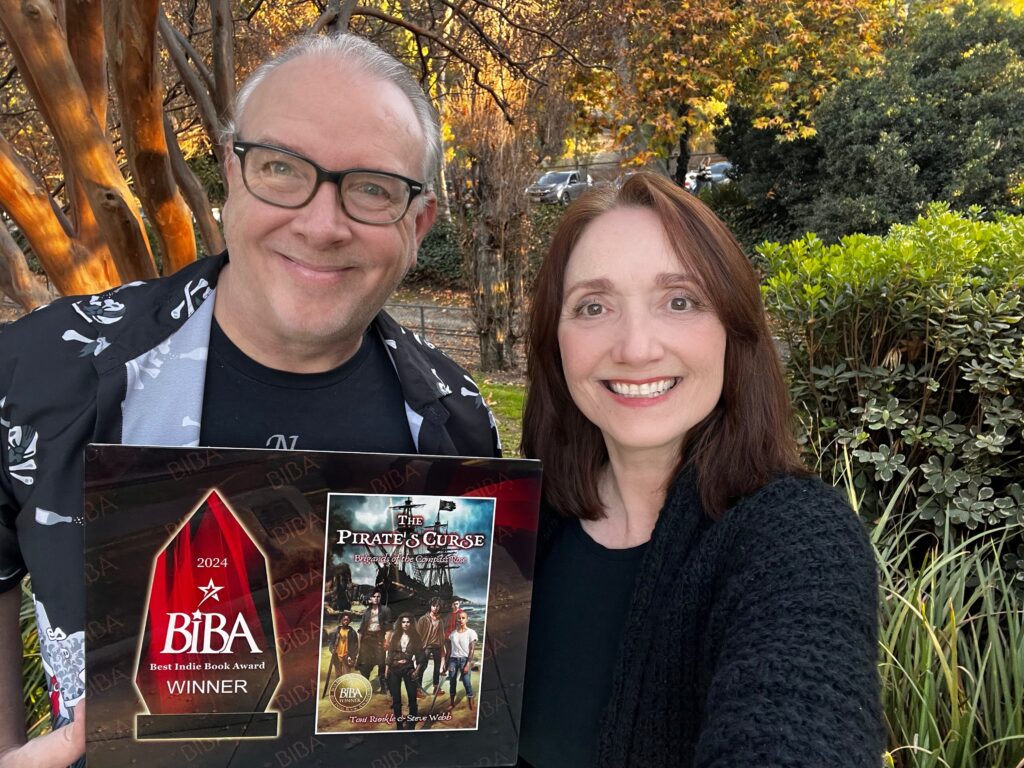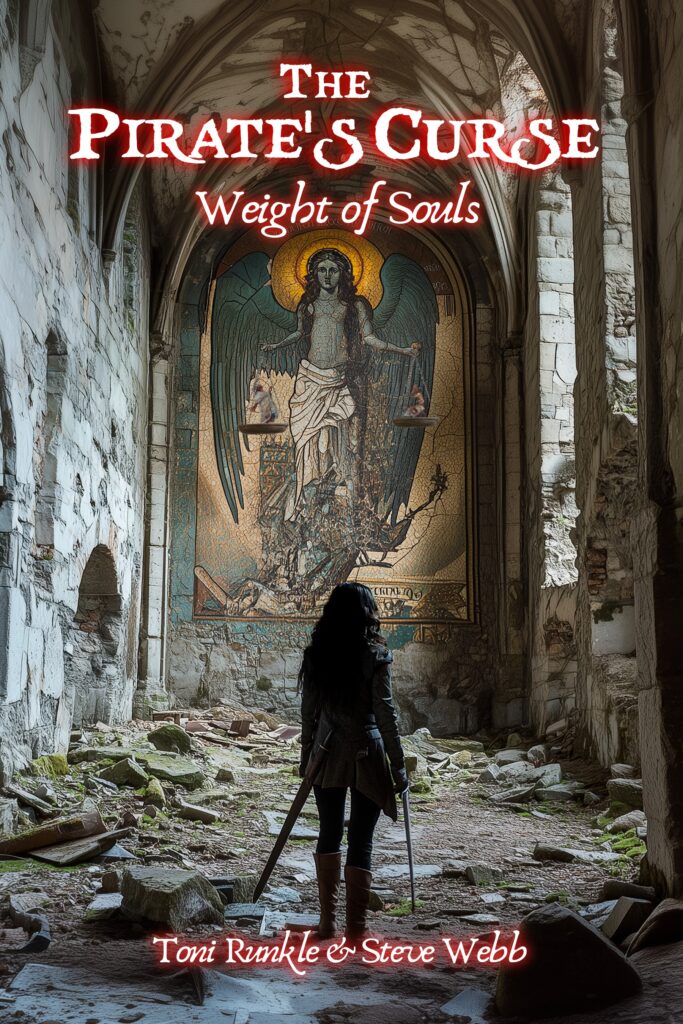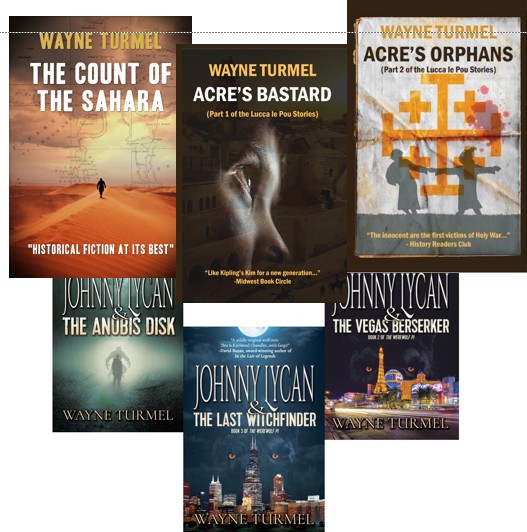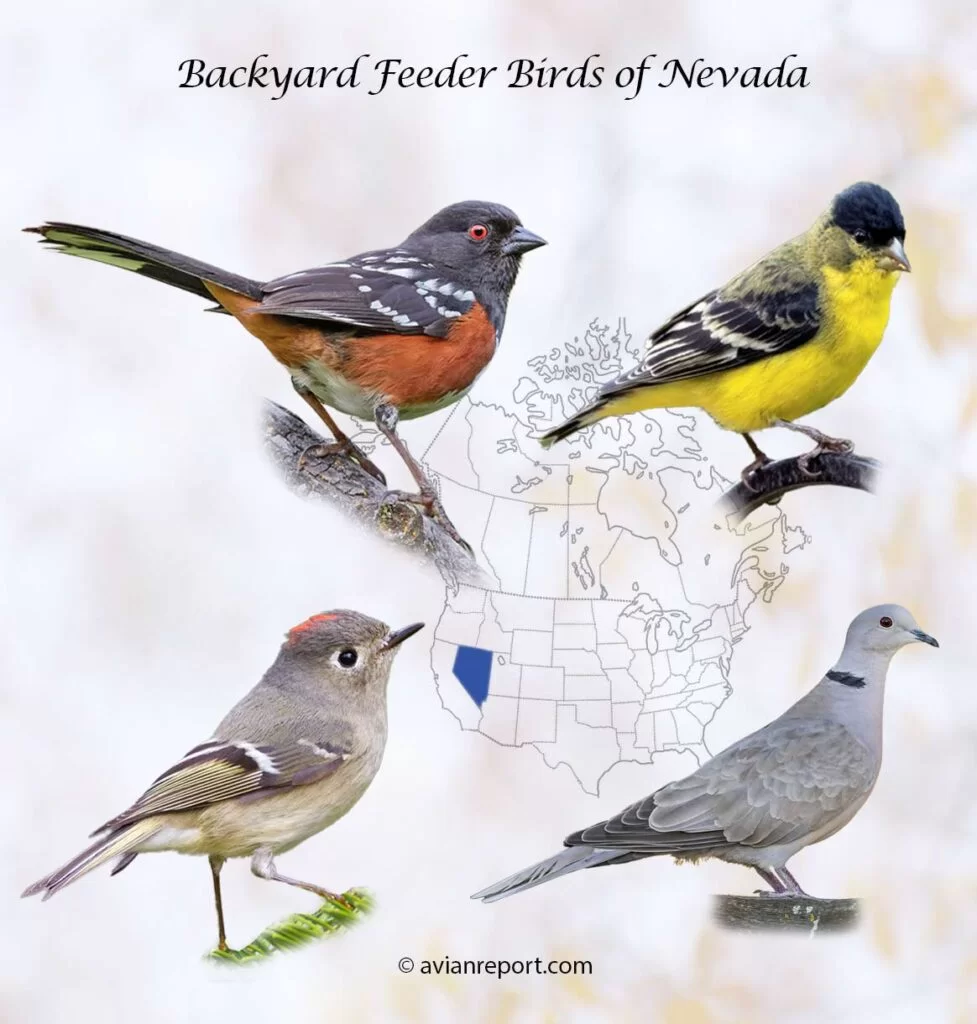I’ve co-written nonfiction books with some success (The Long-Distance Leader is in its second printing and seven languages.) While Kevin Eikenberry and I get along pretty well, and I’ve managed not to get fired in the process, it wouldn’t work the same when writing a novel. I can fake collegiality as much as the next worker bee, but my fiction is too personal and too dependent on whatever I call “my style.”
So it’s impressive that Toni Runkle and Steve Webb have done several YA novels together. I’ll let them fill in the rest…
So what’s the deal with you two?
Hi, we’re Toni and Steve—and we’ve always loved telling stories. We first met as grad students at the USC School of Cinematic Arts, then went our separate ways into the film and TV world. Years later, we were released for good behavior and reconnected. We decided to team up.—not for a screenplay, but to write novels for young readers. Our first book out of the chute, Glitter Girl, was published by Sourcebooks and got a shout-out from Kirkus Reviews for delivering “an empowering message about striving to be true to oneself.” Not a bad start!
These days, we are waist-deep in our biggest project yet: The Pirate’s Curse trilogy, which serves up equal amounts of heart, humor, and (yes) swashbuckling adventure.
A little about us: I’m Toni—I grew up an Army brat, which meant moving all over the world, but it also meant a unique childhood filled with lots of exotic locations and perilous escapades. These days, I love the beach, my garden, and scary movies.
And I’m Steve—I was born in England, raised in South Dakota, an oddity from which I still haven’t fully recovered. I’m a big fan of baseball, cheeseburgers, and not so scary movies.
We’re both married—not to each other, because that would get weird—and we live with our wonderfully patient families in sunny Southern California.
What’s the new book about?
Weight of Souls is the 2nd book in the Pirate’s Curse Trilogy. The first book is Brigands of the Compass Rose. The series is about a group of modern-day teens, mostly outcasts and foster kids, who discover they are descendants of infamous pirates and must band together to fight a 300-year-old curse.
I am a sucker for a good pirate story. What is it about that period that intrigued you?
We were interested in the women pirates of the 1700s, particularly Anne Bonny and Mary Read, who had thrown in with the infamous Calico Jack Rackham. They disappeared from history after Rackham was hanged, and it got us wondering – what happened to them and their descendants? Who would their descendants be now? From there, we wove a tale of magic, curses and modern-day young people who must fulfill their destinies. We use actual history and real characters from the past, which we weave into our modern-day tale.
Officially cool idea. Totally unfair question, but we’re trying to pimp books here. What’s your favorite scene in the book?
There are many. But one of our favorites is a scene when the young Brigands spend an evening hiding out in a swamp with older Brigands and they swap tales of their adventures.
Where can readers learn more about your books and your work?
Our website www.runklewebb.com
Facebook.com/runklewebb
Weight of Souls (The Pirate’s Curse Book 2) by Toni Runkle | Goodreads
X @webbrunkle
TikTok runkle.webb
Whether your tastes run to historical fiction or award-winning urban fantasy, check out all my work on my Amazon Author Page, and don’t forget to sign up for my newsletter.










